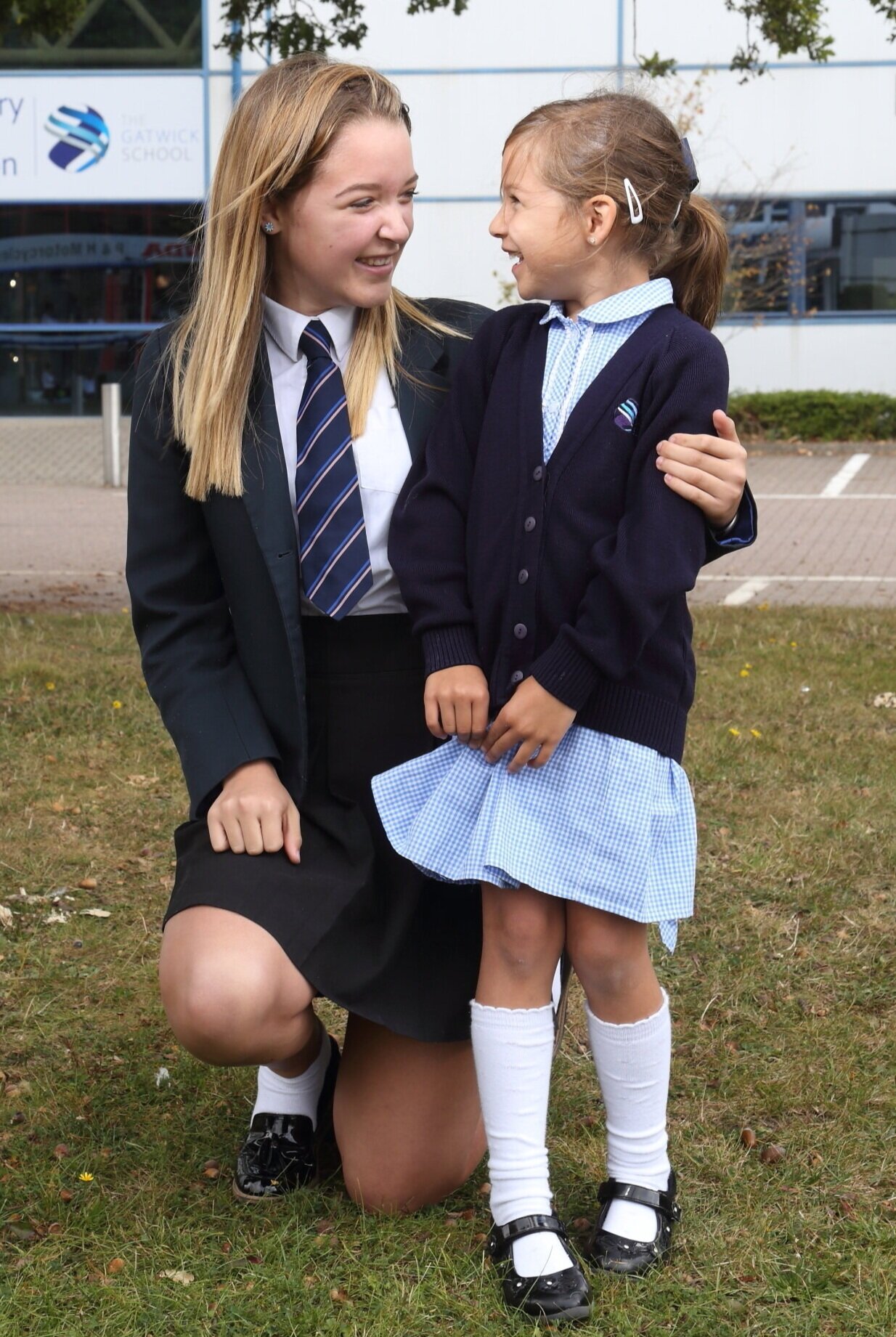Embracing Multilingualism: Raise a Bilingual Child in a Globalized World
Raising a bilingual child is an ambitious yet profoundly rewarding endeavour that necessitates thoughtful planning, commitment, and access to the right resources.
In today’s globalised world, the ability to communicate in more than one language presents invaluable cognitive, social, and professional advantages.
This journey towards bilingualism involves more than teaching a child to fluently speak English and another language; it’s about embedding them within a rich tapestry of cultural nuances and linguistic diversity.











